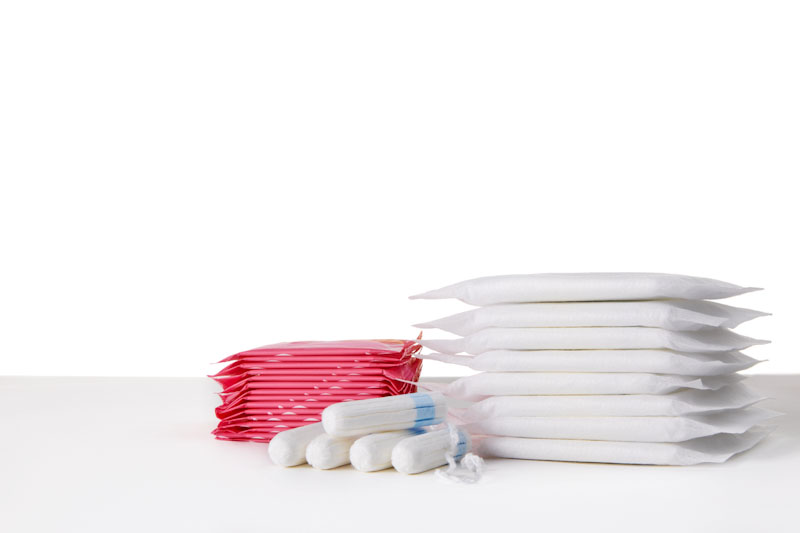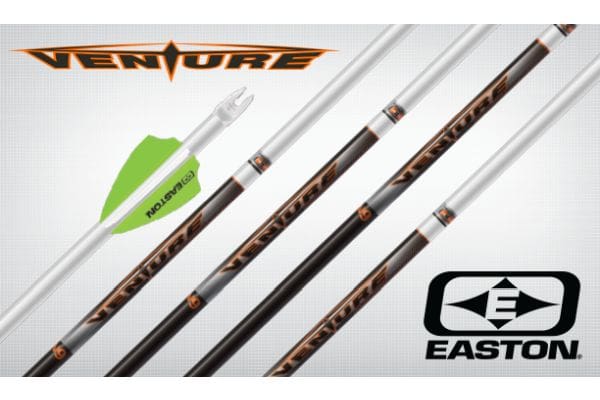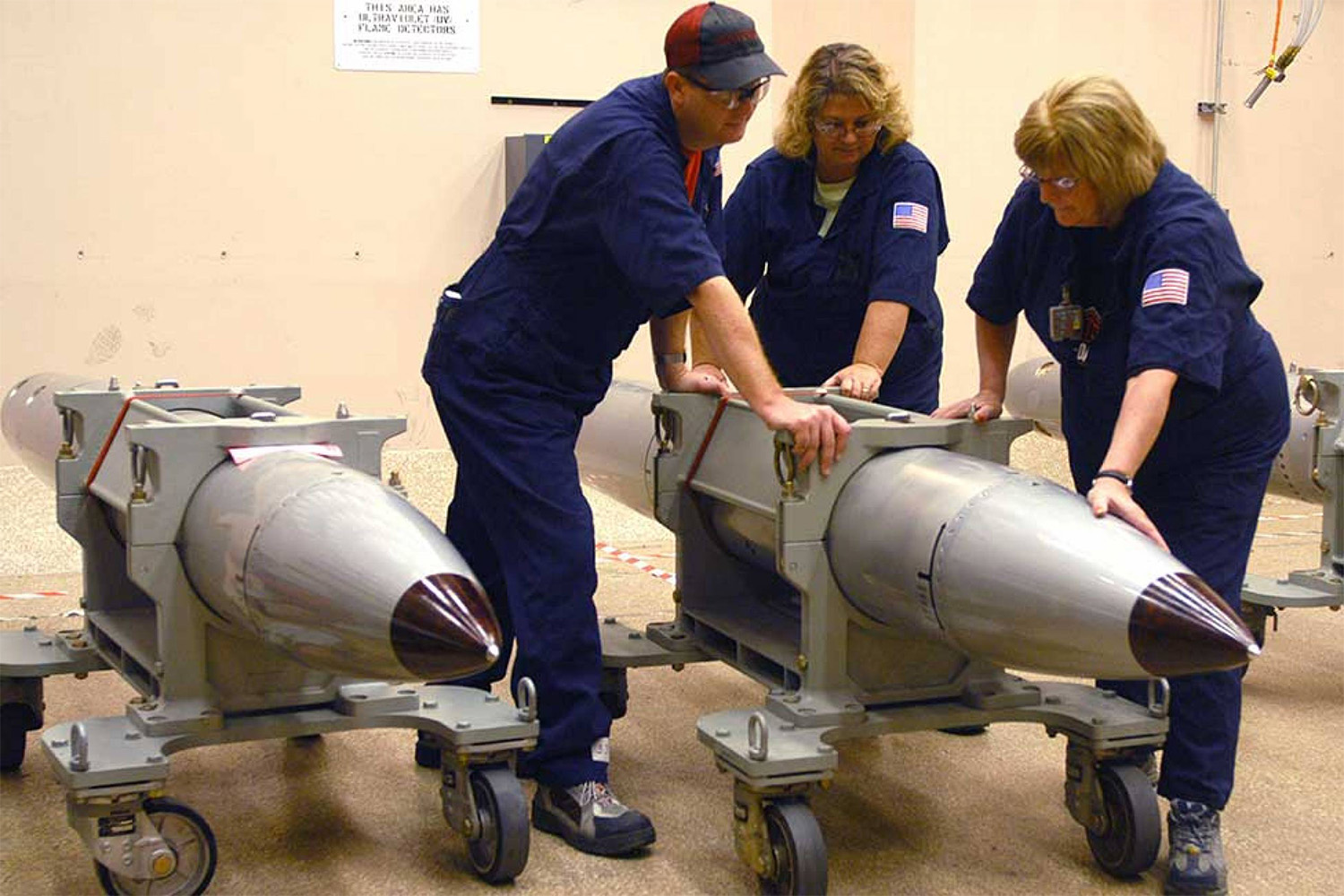As someone dedicated to emergency preparedness, I’ve noticed a prevailing focus on recommended stockpiling, traditionally centered on tools like knives and guns and staples like rice and beans.
While these items are commonly discussed, there’s a neglect of practical but less ‘cool’ essentials, such as hygiene and laundry items, crucial for preparedness.
I prioritize these often-overlooked items in my own stockpiling efforts, recognizing their significant role in enhancing comfort during survival scenarios.
Items that preppers should stockpile:
Books
The saying “knowledge is power” resonates when one lacks guidance. My pride lies in an extensive book collection, favoring hardcover editions. Despite this, I acknowledge the limitations of physical books, especially when mobile. To counter this, I’ve secured digital versions and used a handheld scanner to digitize unavailable ones.
For preparedness, a tablet and portable hard drive in my bug-out bag ensure no resource is left behind. This strategic adaptability allows me to carry my knowledge repository wherever I go, recognizing the importance of flexibility in unforeseen circumstances.
Zip ties
I genuinely appreciate the versatility of zip ties, small yet invaluable fasteners that have proven crucial in my prepping endeavors. In an urban setting during an icy rainstorm, I creatively fashioned makeshift crampons for my shoes, showcasing their adaptability.
Drawing from firsthand experience, zip ties transcend environmental boundaries, serving various purposes in both wilderness and civilized settings. Particularly useful for securing items without intricate knots, they emerge as a practical and efficient alternative, addressing a range of fastening needs.
Tools
Beyond the standard survival knife and shovel, I advocate for a diverse toolkit to enhance life’s quality at home and outdoors. While stressing the importance of tools for repairs, I also emphasize the need for a comprehensive disaster toolkit. This proves invaluable for immediate crisis concerns and post-crisis cleanup, addressing debris removal and various issues that arise.
Personally, I maintain a curated disaster toolkit in my truck, ensuring accessibility anywhere I go. This strategic preparedness reflects my commitment to resilience, underscoring the toolkit’s significance in navigating unforeseen challenges, both immediate and aftermath scenarios.
Socks
As someone with a liking for outdoor activities, I’ve long recognized the indispensable value of a fresh pair of socks when venturing into the wilderness. The significance of maintaining dry and warm feet transcends the boundaries of natural landscapes, proving crucial in both rustic woodland settings and urban environments. This simple yet essential provision plays a pivotal role in bolstering one’s ability to persevere through various challenges.
Drawing from personal experience, I’ve gleaned insights while volunteering for diverse shelters, where the demand for socks consistently ranks highest among the required items. It’s worth noting that this need extends to many homeless individuals who find themselves in desperate need of this basic yet vital commodity. This realization underscores the broader impact of a seemingly straightforward item like socks.
Various sets of clothing
My wardrobe prioritizes practicality over extravagance, emphasizing functionality for cost-effective choices. While I choose specific brands for tasks like outdoor activities, the focus remains on purpose-driven selections. In bugging out preparations, I stress meticulous planning and diverse clothing options for various weather conditions.
I streamline this process by organizing sets of clothes in individual travel bags for quick updates to my bug-out bag. This strategic arrangement efficiently addresses clothing needs during critical moments, minimizing the time spent on outfit selection.
Shoes
Given my frequent walks, particularly in the wilderness, I’ve learned firsthand the critical importance of appropriate footgear in preventing discomfort during trail activities and survival tasks. My collection includes diverse pairs of shoes, and I’ve made a conscious choice to include foldable footgear suitable for various occasions.
I advocate against the misconception that a single pair of shoes can fulfill all needs. Instead, I recommend acquiring various types of footgear and ensuring they are adequately worn in before field use to avoid any issues.
Sleeping gear
Whether sleeping in improvised shelters, under the open sky, or at home during a winter blackout, it’s essential to have the right sleeping gear to ensure a restful night. Personally, I possess multiple sleeping pads, sleeping bags, and a couple of hammocks. The logic is simple: if you can’t secure a few quality hours of sleep each night, your daytime functionality will suffer. Therefore, it’s crucial to ensure you have all the necessary items to facilitate a good night’s rest.
Beeswax
Frequently, discussions revolve around products crafted from beeswax, such as candles. However, there seems to be a notable absence in conversations about the practicality of keeping beeswax on hand. It’s a wise move to maintain a substantial supply of beeswax, opening up possibilities for crafting various items.
Whether you’re considering making candles or other creations, having a sufficient quantity of beeswax is a valuable resource. And, of course, when delving into candle-making, it’s equally important not to overlook the necessity of keeping wicks readily available for your projects.
Glasses
For those who regularly wear prescription glasses or sunglasses, it’s advisable to have a spare pair within reach. Accidents can occur unexpectedly, and it’s crucial to ensure your vision remains unimpaired.
While going without sunglasses may be manageable for some, the challenge intensifies when essential eyeglasses for reading or long-distance vision unexpectedly break. Being proactive about keeping an extra pair of glasses readily available is a prudent measure to address such unforeseen situations.
Sunscreen
Personally, keeping sunscreen readily available is a non-negotiable for me, given my extensive time spent outdoors and past encounters with the “pleasure” of sunburns. I prioritize safeguarding my exposed skin, making sun protection a consistent practice.
While the occasional sunburn might not be a significant concern for some, it’s crucial to recognize that skin cancer is a prevalent and serious issue globally. Therefore, my advice is straightforward: wear sunscreen as a fundamental step in protecting your skin against both short-term discomfort and long-term health risks.
Bug spray
If you find yourself predominantly at home, bug spray might not be at the top of your priority list. However, for outdoor enthusiasts like myself, a can of bug spray becomes a cherished essential. From personal experience, I can attest that there’s no such thing as having too much bug spray. It’s a valuable asset, and I recommend ensuring you have several cans stashed away, especially if you have plans for outdoor activities or bugging out in the future.
Pet supplies
Recognize that your pet holds a significant place within your family, warranting the same level of planning and preparation as any other family member. Ensure that all of your pet’s needs are thoroughly addressed, encompassing everything from food to bowls, containers, and toys.
Personally, I prioritize my dog’s essentials, and for example, I keep two folding bowls for convenience and two additional stainless-steel bowls as backups. This level of foresight ensures that your pet’s well-being is safeguarded through thoughtful consideration of their necessities.
Soap and alternatives
Maintaining cleanliness is paramount, and having an ample supply of soap is a fundamental necessity. However, considering the weight and bulkiness of soap, exploring alternative soapy options becomes prudent once you’ve amassed a sufficient stockpile.
Soap can be limiting in terms of portability. To address this, consider acquiring knowledge about soap plants indigenous to your area or the region you plan to bug out to. This invaluable knowledge ensures that you can stay clean regardless of your location, demonstrating a resourceful approach to hygiene in diverse environments.
Feminine hygiene products
A rarely discussed yet crucial aspect is planning for the specific needs of the women in our lives. Engage in open communication with the women in your life to collaboratively decide what items should be included in your stockpile.
While it may not carry the same allure as stockpiling firearms and ammunition, addressing these essential needs is an equally important responsibility. Taking the time to prioritize and plan for these aspects demonstrates a thoughtful and considerate approach to comprehensive preparedness.
Hair care products
While discussing feminine hygiene needs, don’t overlook hair care products for your significant other. Unlike many men, women may require specific hair care items. Recognizing and planning for these needs is a considerate and essential aspect of comprehensive preparedness.

Dental hygiene items
Accessing a dentist in remote locations or during a healthcare service shortage may be challenging. Instead of figuring out solutions on the spot, prioritize prevention. Neglecting dental care can lead to broader health issues, even fatal ones.
As a proactive measure, assemble a comprehensive dental hygiene kit and maintain an ample supply of dental products like toothpaste, floss, and toothbrushes. This ensures you can safeguard your oral health, especially in situations where professional dental services may not be readily available.
Sewing supplies
Sewing might not be considered a necessity, but it truly is. Knowing how to sew and having a compact sewing kit can easily repair clothes and gear. In a society accustomed to buying new items and discarding old ones, this won’t always be feasible.
Ensure you have the necessary items to mend your clothes and gear, especially during situations where stores are closed or resources are limited. It’s a practical skill that contributes to self-reliance and sustainability.
Concluding
I suggest stockpiling the aforementioned key items, as they have proven beneficial both during and after a disaster. Some might already be on your emergency preparedness list, while others could be new additions. If you have additional recommendations, feel free to share them in the comments section.
Read the full article here




